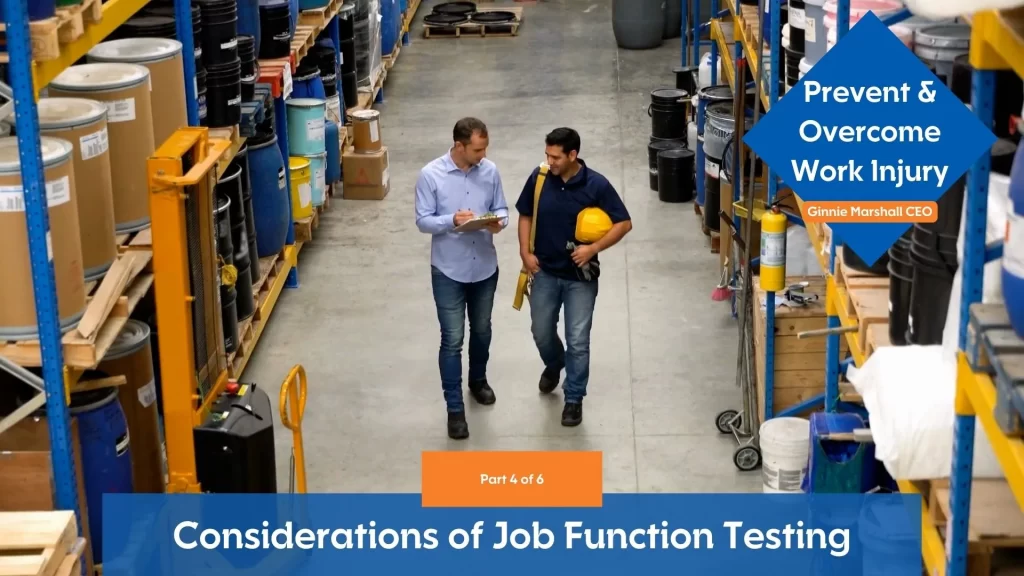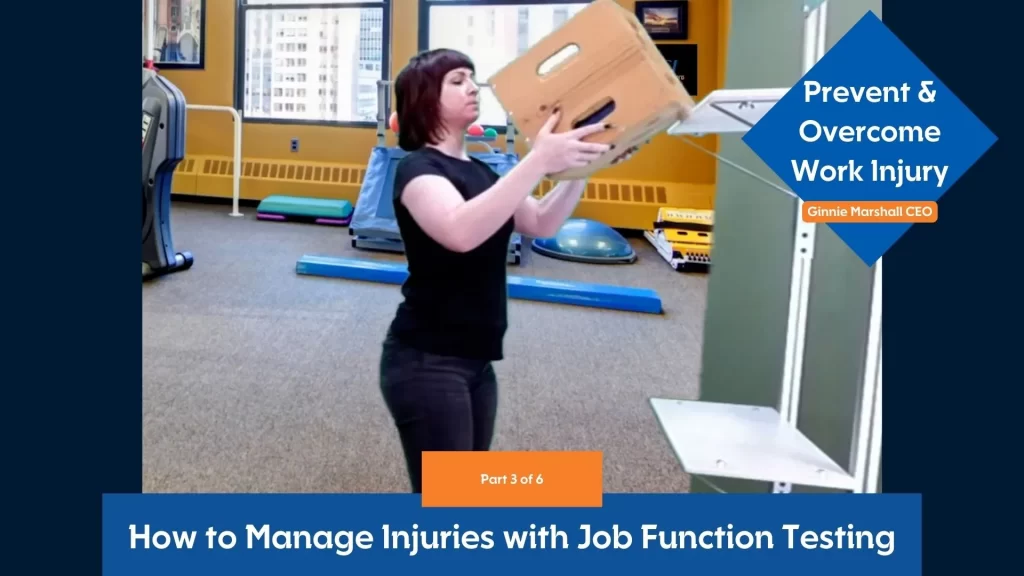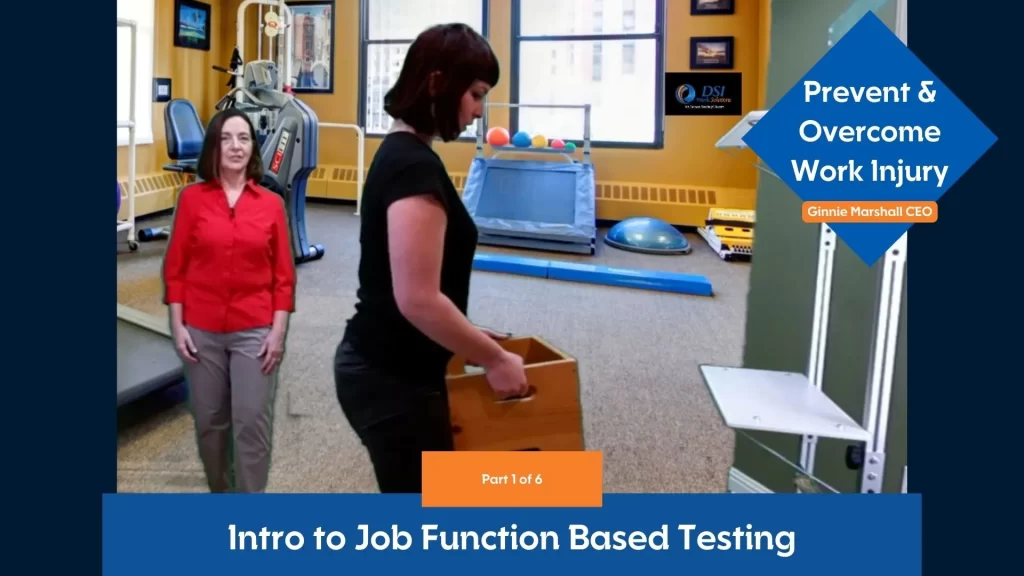Introduction
Job analysis is an essential process that not only illuminates ergonomic opportunities within the workplace but also guides the development of interventions to enhance worker safety and efficiency. In this fifth installment of our educational series, we delve into the critical role of job analysis in identifying and addressing work-related challenges. Through this lens, we explore how analyzing job functions can reveal vital opportunities for ergonomic improvements, ultimately fostering safer and more productive work environments.
Ergonomic Opportunities Through Job Analysis
Job analysis serves as the foundation for uncovering ergonomic opportunities that, if addressed, can significantly elevate workplace safety and efficiency. By carefully evaluating job functions, this process sheds light on specific work activities that may pose risks to employees, thereby highlighting areas ripe for ergonomic intervention. It’s in the nuanced examination of these activities that we can pinpoint the root causes of occupational discomfort or injury. Consequently, job analysis not only identifies the challenges workers face but also sets the stage for implementing targeted ergonomic assessments, paving the way for a healthier work environment and optimizing job performance.

Identifying Ergonomic Opportunities
The process of identifying ergonomic opportunities begins with a thorough job analysis, which assesses each job function for potential risks and inefficiencies. Through this analysis, we categorize work activities based on their ergonomic impact, focusing on those that present significant challenges or discomfort to employees. The criteria for further investigation include the severity of risk, the frequency of the activity, and its impact on worker health and productivity.
Not all identified opportunities will necessitate comprehensive ergonomic studies. Oftentimes, simple and immediate solutions can be implemented and are sufficient. These may range from minor adjustments in workstation layout to the introduction of assistive tools designed to reduce strain. By prioritizing these opportunities based on clear criteria, we ensure that resources are efficiently allocated towards interventions that promise the most substantial improvements in workplace ergonomics and employee well-being.
Prioritizing Ergonomic Interventions
The strategic prioritization of ergonomic interventions hinges on a blend of employee feedback and job analysis data. Employees, through their daily experiences, are often the first to notice when a job task poses ergonomic challenges, manifesting as discomfort or potential for injury. Their insights, whether shared in safety meetings, through suggestions boxes, or during routine assessments, become invaluable in identifying areas needing investigation.
Combining this feedback with objective data from job analysis allows for a nuanced understanding of ergonomic opportunities, facilitating a prioritized approach to intervention. This dual-source information guides the development of both immediate and longer-term solutions, from simple equipment adjustments to comprehensive ergonomic redesigns. Case studies demonstrate that interventions informed by this method not only enhance workplace safety but also significantly improve job satisfaction and productivity, exemplifying the tangible benefits of employee-informed ergonomic improvements.
Introducing Humanomics
Humanomics is introduced as a complementary concept to traditional ergonomics, focusing on a holistic approach to workplace safety that emphasizes employee interaction. While ergonomics primarily concentrates on adapting the workplace to fit the physical needs of the employee, humanomics extends this by highlighting how employees can also adapt to their work environments in a way that promotes health, safety, and productivity.
This dual focus ensures that interventions are not solely about making physical changes to the workplace but also about empowering employees with the knowledge and skills to interact with their environment more effectively. In this way, we foster a more dynamic and responsive approach to workplace safety, one that acknowledges the active role employees play in their own well-being. This holistic strategy not only mitigates risks but also enhances employee engagement and satisfaction, proving that the interplay between ergonomics and humanomics is effective for sustaining a safe and productive workplace.

Case Study: Addressing Push-Pull Forces with Ergonomic Solutions
In a focused analysis of push-pull forces required for moving merchandise in a warehouse environment, significant ergonomic concerns were related to the use of manually operated pallet jacks. Employee feedback, supported by data, identified this task as a primary source of physical strain. This led to the exploration of conditions exacerbating the issue, such as equipment type and workspace layout, paving the way for immediate and impactful ergonomic interventions.
Solutions ranged from simple fixes, like ergonomic handle upgrades and maintenance protocols, to more comprehensive strategies, including equipment modernization and layout adjustments. These efforts showcased a practical approach to mitigating workplace strain, underlining the effectiveness of targeted ergonomic improvements in enhancing employee safety and productivity.
Conclusion
As we conclude our look into ergonomic opportunities through job analysis, we invite you to visit our website to explore our courses on job analysis and ergonomic opportunity identification. Our content is focused on real-world application, and will help prepare you to substantially improve workplace safety.
We invite you to try the first lesson in our coursework with no obligation. Join us here again for another video on the benefits of job analysis.








.webp)
